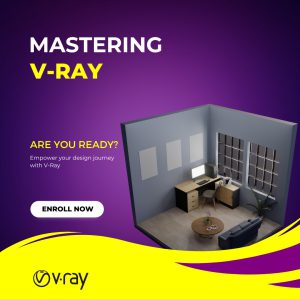
V-Ray Training in Erode is a professional rendering software developed by Chaos Group. It is widely used in the architecture, interior design, product design, and visual effects industries for creating high-quality images and animations.
V-Ray Course is a photorealistic renderer that uses advanced algorithms to simulate the behaviour of light and materials in a 3D scene. It supports a wide range of 3D modelling software including 3ds Max, Maya, Rhino, Sketch Up, and Blender.
One of the key features of V Ray Training in Erode is its ability to create photorealistic images by accurately simulating global illumination, reflections, refractions, and other physical properties of light. V Ray Course in Erode also provides a wide range of tools for creating and controlling materials, lighting, and cameras, giving artists and designers the ability to create truly stunning and convincing images.
V-Ray Training in Erode is a highly popular rendering software that is widely used in the architecture, interior design, and product design industries. The demand for photorealistic visualizations and animations is growing, making V Ray Training in Erode a valuable skill to have for those in these fields. V-Ray Course online is known for producing high-quality images with realistic lighting, shadows, and materials, and its wide range of tools and features allows for detailed and accurate visualizations.
The software is also user-friendly, accessible to both beginners and advanced users, and integrates with multiple 3D modeling software, making it a flexible and versatile tool for any workflow. With a large and active community of users and ongoing updates and improvements, learning V-Ray Training in Erode is a valuable investment that can help expand skills and advance careers in the architecture, interior design, and product design industries.
V-ray for Sketchup is a highly regarded 3D rendering software that is widely used across several industries such as architecture, interior design, product design, and visual effects. It is known for delivering high-quality and photorealistic results that accurately reflect real-life lighting and materials. With its advanced algorithms, V-Ray is able to render complex scenes quickly while maintaining a high level of detail and accuracy. This software is compatible with a variety of 3D modeling programs, including Autodesk 3ds Max, SketchUp, Rhino, and Blender, making it a flexible tool for different projects. V-ray Training in Erode offers a wide range of lighting controls, physical sun and sky simulations, and advanced global illumination algorithms, allowing users to achieve their desired lighting effects.
The material editor in V-ray Course Online makes it easy for users to create and edit realistic materials such as glass, metal, wood, and more. Advanced camera controls in V-ray Training in Erode enable users to adjust depth of field, motion blur, and other parameters, producing cinematic images. Additionally, V-ray Course online includes network rendering capabilities that allow for distributed rendering tasks, reducing rendering times and improving overall efficiency. The user-friendly interface of V-Ray makes it accessible to artists and designers of all skill levels, from beginners to experts.
V-ray for 3ds max is a sophisticated rendering engine utilized in 3D graphics and visualizations that is renowned for producing photorealistic images. This is due to its accurate simulation of light behaviour in the real world. V-ray for 3ds Max features GPU acceleration, allowing for quicker rendering times and improved interactivity. It offers a wide range of lighting and shading tools including physical lights, environmental lighting, and complex material shading. Additionally, V-ray Training in Erode supports animation and can be used to produce photo realistic animated sequences. It integrates smoothly with popular 3D modelling and animation software and supports network rendering, enabling multiple computers to collaborate, resulting in faster rendering speeds. Advanced global illumination techniques such as photon mapping are also available in V-Ray.
At C CUBE CAD Centre, Erode, we offer specialized training in V-Ray, one of the most powerful rendering engines for creating photo-realistic visuals in architectural and engineering projects. This course is tailored for civil and architecture engineers who want to enhance their design presentations with stunning visualizations. Learn how to integrate V-Ray seamlessly with tools like SketchUp, Revit, and 3Ds Max to bring your designs to life with realistic lighting, textures, and materials. Whether you’re a beginner or a professional looking to upgrade your skills, our expert-led V-Ray course provides hands-on learning to help you master the art of visualization and elevate your career prospects in the engineering and construction industry.
Module 1: Introduction to V-Ray
Module 2: Basic Concepts of Rendering
Module 3: V-Ray Materials and Textures
Module 4: Lighting in V-Ray
Module 5: Camera Settings and Rendering Parameters
Module 6: Advanced Rendering Techniques
Module 7: V-Ray Frame Buffer and Post-Processing
Module 8: Render Optimization and Workflow Efficiency
Module 9: V-Ray for Specific Industries
Module 10: Project Work



C CUBE CAD Centre is a premier training institute specializing in CAD, CAE, PPM, BIM courses. We provide industry-oriented training programs to help students and professionals enhance their skills and advance their careers in various engineering and design fields.
All Rights Reserved 2024 @ Design By CCDS